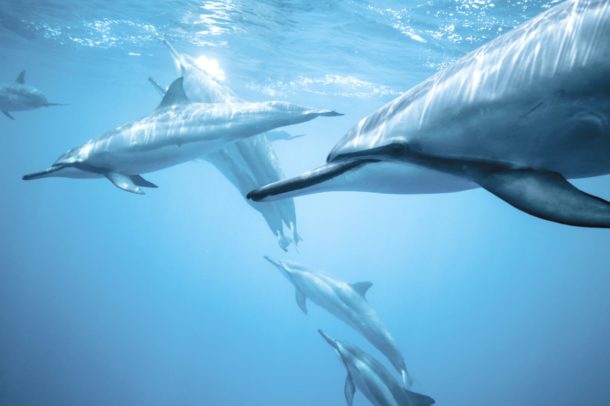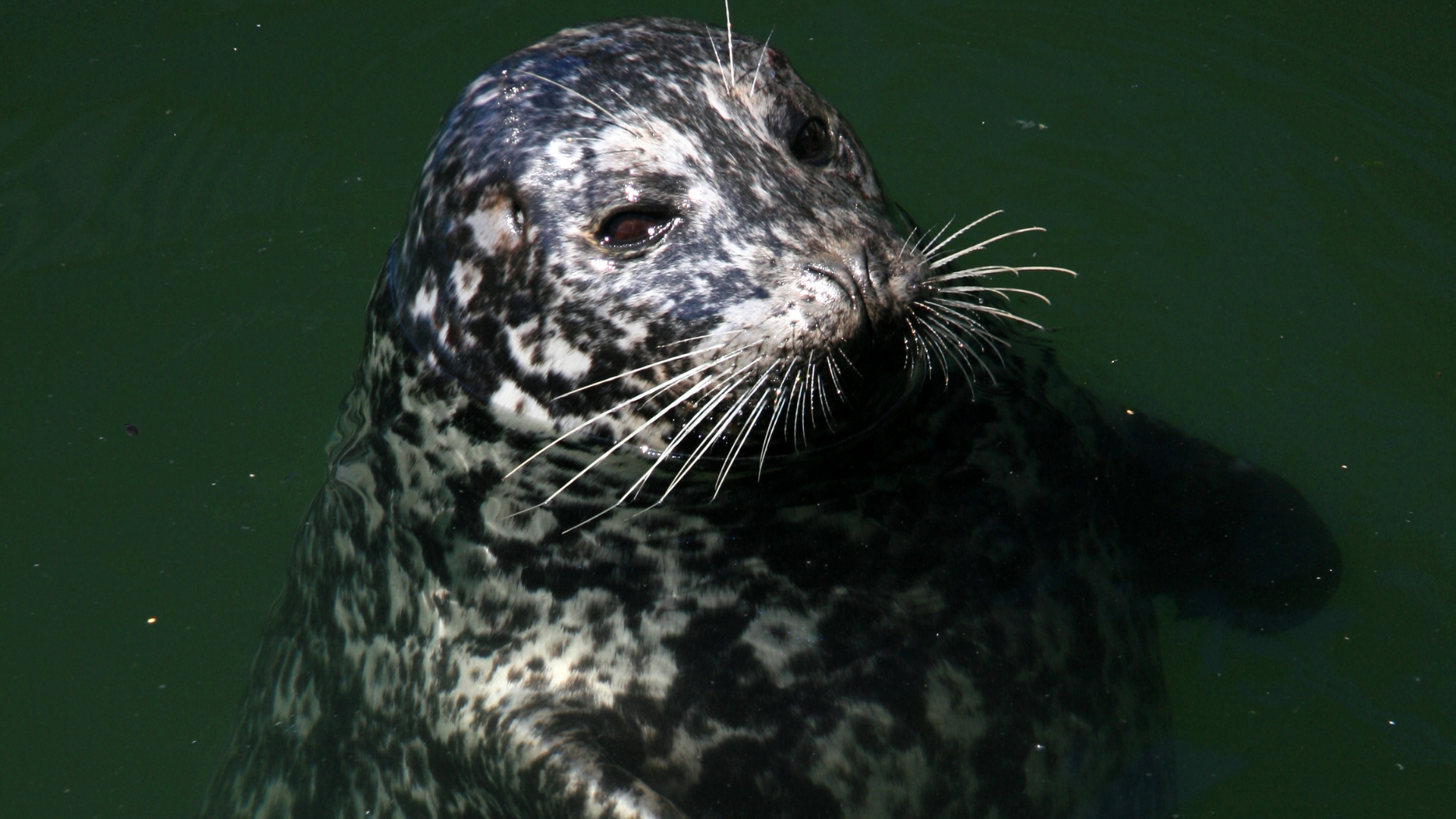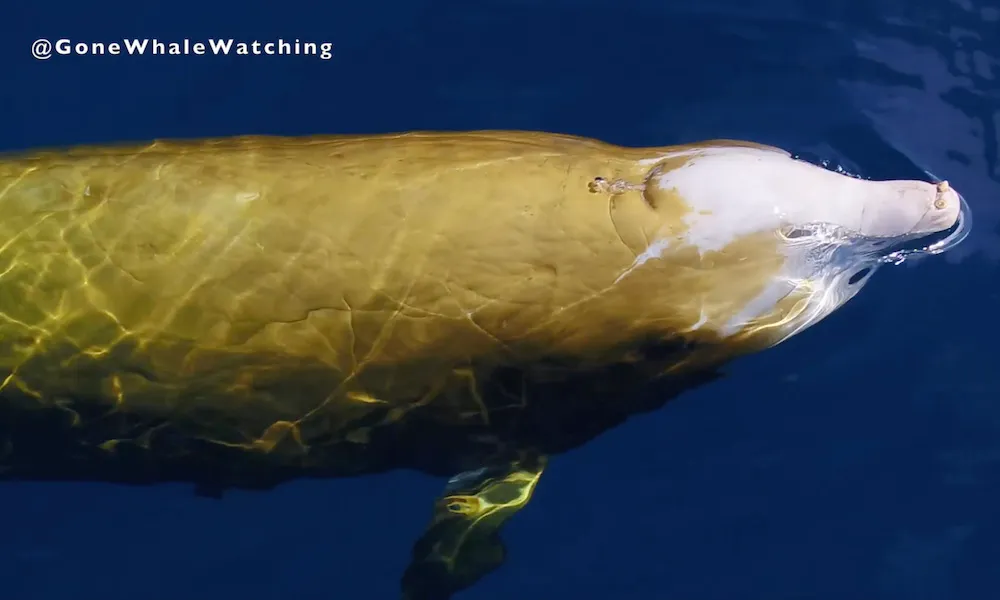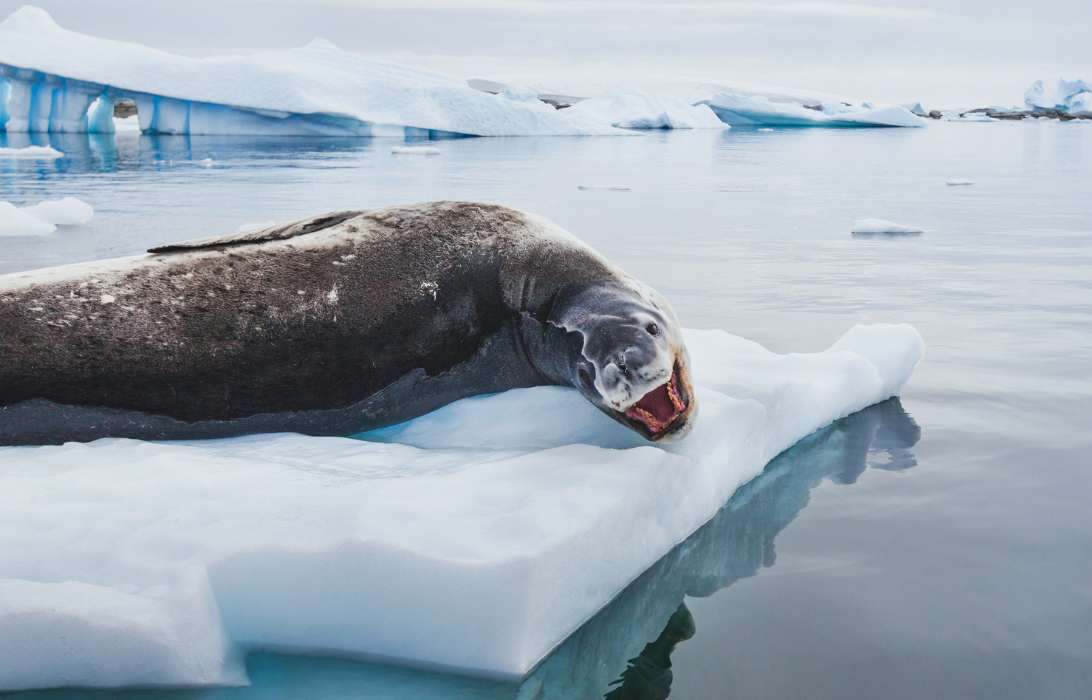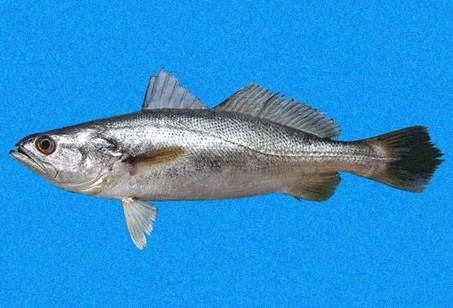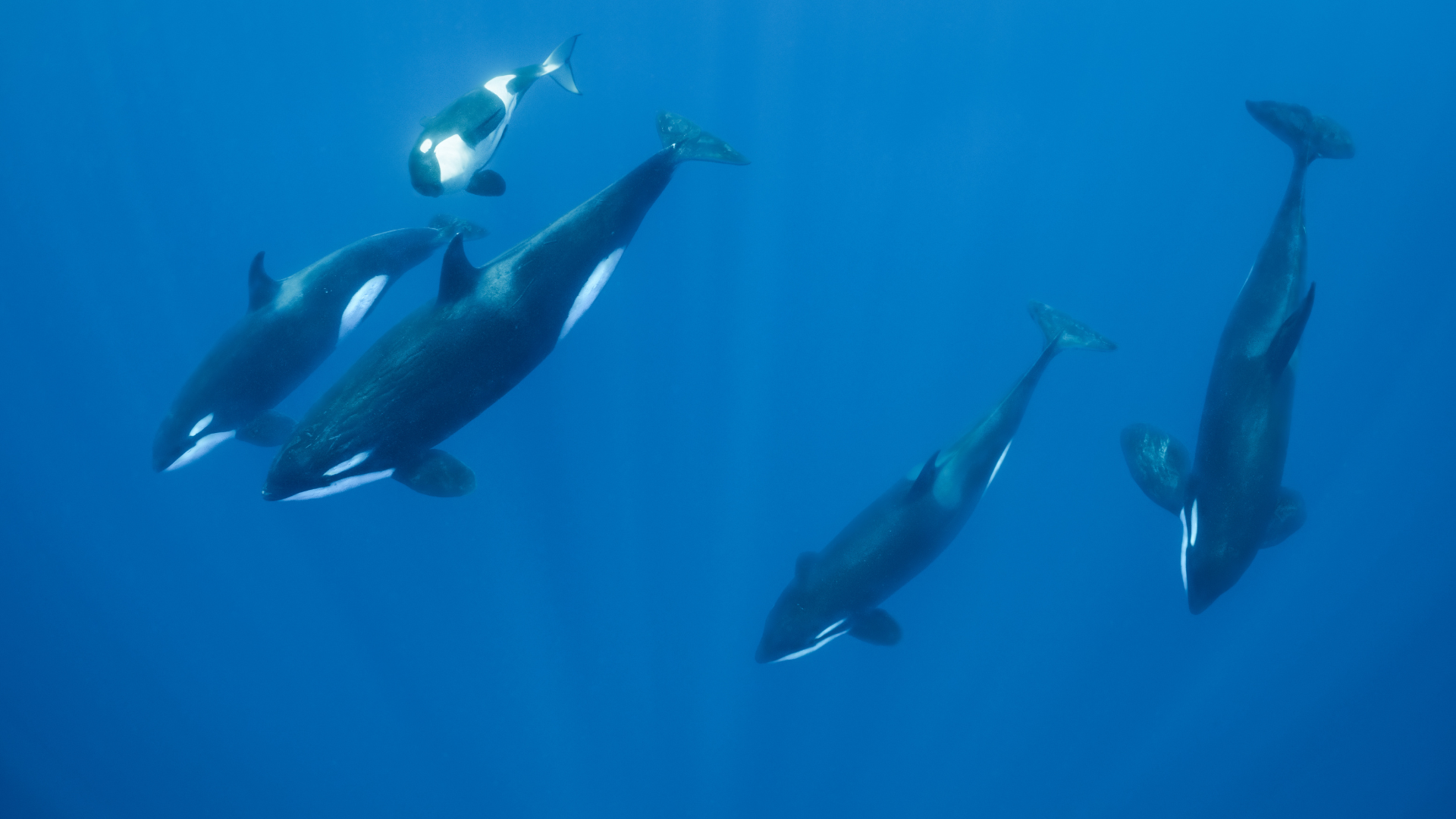LATIN NAME Families Delphinidae, Platanistoidea, Odontoceti
LENGTH Among the smallest of this family the Hectors, Chilean can be 4’-5’ (1.2 to 1.5 m) and and the largest, the Orcas, can be 27’ – 33’ (8 – 10m).
WEIGHT Among the smallest Hector’s and Black dolphin 100 lbs (45kg) Orcas 8,000-12,000 lbs. (3600-54000kg).
LIFETIME Comparable to human lifespans, depending on species
PHYSICAL TRAITS The distinguishing characteristic of all delphinidae is that they have round teeth.
BEHAVIOR Social, vocal, bait ball hunting, play with seaweed, play-fight with other dolphins, harass other local creatures like seabirds and turtles, ride waves and frequently surf coastal swells and the bow waves of boats, bubble rings, sleep with half their brain at a time
HABITAT Throughout the ocean but associated with land masses and shallower waters. There are a few freshwater species in the South America and India. The Chinese freshwater species have recently become extinct.
LOCATIONS Global distribution depending on species
FOOD Fish
PREDATORS Larger Odontocetes (Mostly Orcas), sharks
‘Dolphins’ comprise the largest family of the cetaceans, with over forty species within some 17 genera varying in size from 1.2 m (4 ft) and 40 kg (90 lb) for the Maui’s dolphin – Cephalorhynchus hectori maui (a big name for a small animal), up to 9.5 m (30 ft) and 10 tonnes – the orca or orca orcinus (a small name for a big animal).
All dolphins are pack animals that hunt and play cooperatively. They also are representative of the major division of the cetaceans between the Mysticetes (‘mustache’ or baleen whales) and Odontocetes (toothed whales).
The difference between these divisions is akin to the terrestrial division between cows and wolves; the large Mysticetes graze on massive gullet-full quantities of small organisms, the Odontocetes pack-hunt prey which they pick off individually.
The Dolphin’s vocalization repertoire reflects their high-speed social and tactical adaptations. They use mid frequency vocalizations for social interaction (within our human auditory band), and high frequency bio-sonar to perceive their surroundings and “see” their prey.
The other most familiar members of the sub-order “odontoceti” are the porpoises (Phocenidae) with a similar behavioral repertoire to the dolphins. One simple distinguishing difference is that the dolphins have round teeth, and the porpoises have flat teeth – a distinction that hopefully remains only academic to the reader.
The dentition of other odontocetes (from narwhals to beaked whales) is for too varied, and a bit too tangential to outline here.
Audiographs
Blue Dolphin ‘Stenella coerulealba’



